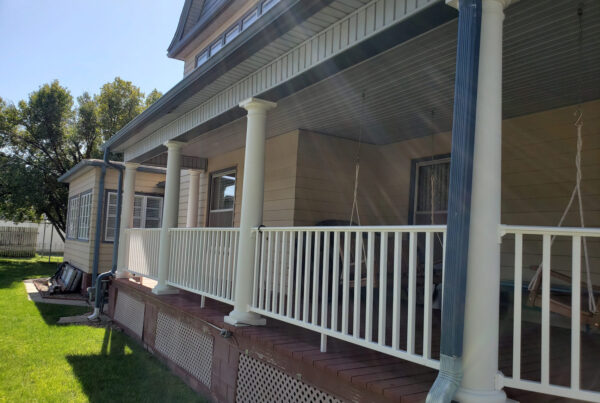Lumber is a volatile commodity in today’s economy. It is easily affected by changes in the environment. Some of which is why lumber prices go down. You can have a look at ‘why do lumber prices fluctuate’ to have a better understanding of these environmental influencers. Recently lumber prices have dropped substantially, and this is despite the government’s efforts to implement economic recovery. Failure to keep lumber prices in check could lead to inflation.
1. The effect of tariffs.
Canadian tariffs on wood in 2018 pushed lumber prices to the peak. This is why the year was considered one of the worst. But, subsequently, in the year 2019, both suppliers/retailers and users were able to avert the would-be bad effects of tariffs on lumber imports and exports. By getting wind of the information ahead of time i.e. before the tariffs are officially implemented, the suppliers/retailers and users went ahead and acquired as much lumber as they could possibly get their hands on to keep them going for some time. Bad mistake. The market was flooded with lumber and the prices plummeted. This could be very difficult for the economy. The threat of tariffs and tariffs distort the normal trading practices and sequences of trading lumber because suppliers/retailers and users react and act irrationally to the introduction of tariffs.
2. Slow housing.
Secondly, is slow housing. There has been a freefall in lumber pricing due to the slowdown of housing in the market. Experts are concerned that this freefall is affecting lumber companies and businesses. Slow housing is another reason as to why lumber prices go down. Slow housing is probably the highest driver for the slump in lumber prices. There is no demand for lumber or that of new homes. This has forced small business owners to reduce their prices and try to lure more customers to purchase their almost deadstock/inventory.
3. Oversupply
The large supply of lumber in the market is one of the main reasons why lumber prices go down. With companies having to upgrade their sawmills to keep up with the competition. The introduction of new technology to the process has enabled lumber companies to produce better, and more lumber efficiently into the market. This huge influx of lumber has overwhelmed demand in the market. The only solution to this predicament would be for the companies to close their sawmills and stop producing lumber for some time in order to reduce supply. Sherwood Lumber is able to manage its inventory risk using forward pricing and risk management methods provided by its experts.
4. Public holidays and other events.
These are some of the most dreaded days for lumber suppliers/retailers. Buyers tend to be elusive and suppliers have to reduce their prices to get a couple of buyers. 2019’s a very long weekend which saw Canadian Victoria Day and the Memorial Day in the USA brought about its own disappointments which left suppliers/retailers counting losses.
To sum up, Big lumber company executives and analysts have raised the concern that the current economy does not favor lumber and that it is the worst they have experienced for the past 30 years. The wood manufacturing business has provided over 10,000 jobs to the population and it is at risk if the lumber prices keep going down. Most of these people will find themselves out of employment if the situation continues to worsen.










